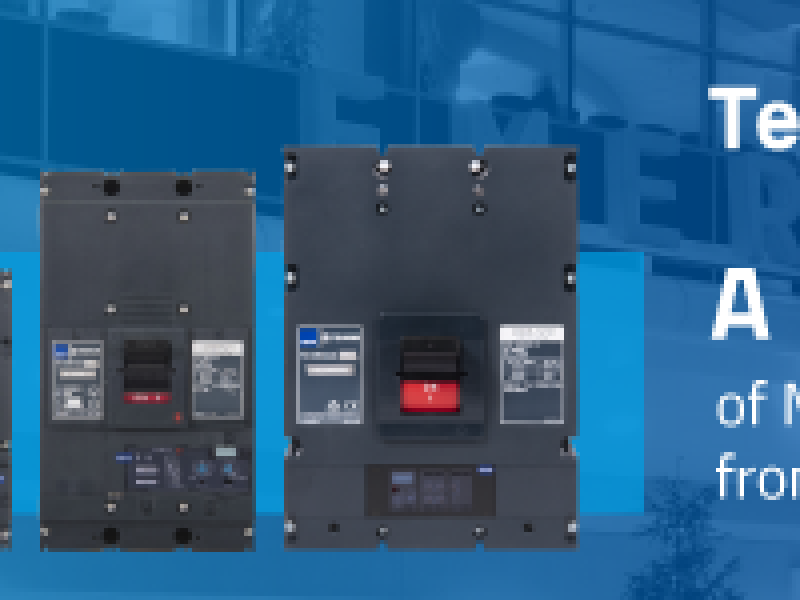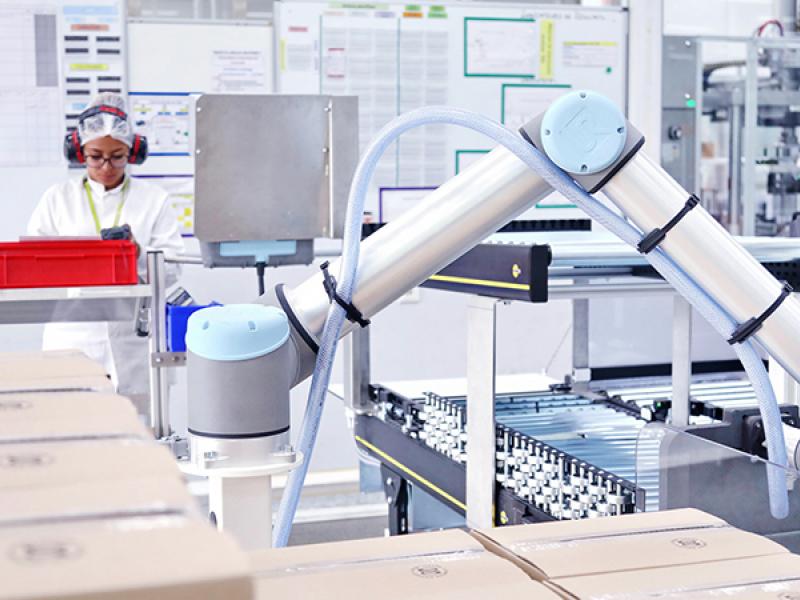How Cloud Deployment is Advancing Industry 4.0 Technologies
Industry 4.0 is revolutionising the way that manufacturers operate. The integration of technologies onto the factory floor, via the Industrial Internet of Things (IIoT), has upgraded many plants into what we now call ‘Smart Factories.’
While IIoT integration on the factory floor benefits manufacturers by enabling increased production output and decreased labour costs, a further advantage lies in the fact that wherever IIoT technologies are mounted, they serve as data collection centres.
“These Smart Factories feature advanced sensors and software that collect and analyse data to allow for better decision making,” explains Richard Roberts, National Industry 4.0 Operations Manager at ZI-ARGUS Australia and member of the Open IIoT Group (a cohort that includes SMC Corporation Australia New Zealand, NORD Drivesystems, Balluff, Beckhoff Automation and KUKA Robotics).
“But, as this data has been traditionally stored in local servers, manufacturers have had a hard time using the data to scale and integrate together with other operations.”
Roberts adds that manufacturers who rely on local storage for IIoT data are only realising half the benefits of these valuable insights by not being able to scale the data to its full potential.
Enter Cloud Deployment.
Realising the full potential of IIoT data
Cloud Deployment is the process of deploying an application through one or more hosting models that leverage the cloud. With Cloud Deployment, data can be stored, retrieved, and shared safely and seamlessly.
As Roberts explains, realising the full potential of gathered data is essential to the continued operations of Smart Factories:
“What unites all the different use cases of IIoT is the need to have data accessible, available and integrated to deliver new processes and applications – something that the Cloud is perfectly positioned for.”
As an industry, manufacturing stands to benefit from the widespread adoption of Cloud Deployment because it enables manufacturers to test, validate and run ‘Proof of Concepts’. “This is of great benefit as it provides key business direction with minimal effort or cost.”
“As rates of Cloud Deployment increase, more and more systems will be able to securely connect and talk natively, pushing and pulling data to fast-track insights that will ultimately create smart chatter and live predictive decision making for businesses,” he adds.
While the potential ROI of Cloud Deployment seems like a no-brainer, Roberts has observed reluctance from some manufacturers, which he attributes to the commonly held misconception that Cloud Deployment offerings are overly complex and too slow.
“That’s why ZI-ARGUS has introduced our SYMBIONT Cloud Deployment solutions to deliberately avoid these early pitfalls – manufacturers will only realise the true potential of Cloud Deployment if the solution is fast, easy to execute and simple to understand,” he says.
‘Seamless collaboration across the business’
SYMBIONT by ZI-ARGUS is a Cloud Deployment software that aggregates data from various disparate systems on the operation floor. This data is then visualized in meaningful ways in the form of trends, alerts, Key Performance Indexes, and reports available on a dashboard.
The software was born out of the understanding that a key element of successful smart manufacturing is the ability for even small plants to access flexible deployment models for largescale innovations with the guarantee of a significant competitive edge.
“With SYMBIONT, companies have access to the best in Cloud Deployment, while still respecting budget constraints. This transforms initial investments (i.e capital expenditure) into recurring costs, spread over the reference time horizon (i.e., operating expenditure) to the benefit of ROI,” he says.
SYMBIONT Benefits to Engineers
- Visualisations can be easily achieved on a tablet or smartphone as information can be accessed from anywhere and in real-time
- Quick and easy data visualisation allows the seamless management of day-to-day activities. Insights gained from machinery enables engineers to:
- Better allocation of resources
- Conduct process changeovers quicker
- Schedule work more effectively
SYMBIONT Benefits to Managers
- Data can seamlessly move between different environments as needed, ensuring that workloads can be updated and adjusted to align with new capabilities
- Access to Overall Equipment Effectiveness (OEE) analytics, reporting and predictive maintenance enables a manager to:
- Identify inefficiencies in the plant
- Schedule planned upgrades
- Reduce operational downtime
Richards stresses that while SYMBIONT offers different benefits to managers and engineers, one of the core purposes of the software is to increase collaboration across the entire business and bridge the divide between different workstreams.
“It’s important that every department of the business comes together to create, share, and learn from common data. Businesses that work together to deliver on set goals will succeed easier and faster than businesses without Cloud Deployment, and SYMBIONT brings consistency to these collaborative efforts,” he concludes.
Website: https://openiiot.com.au






